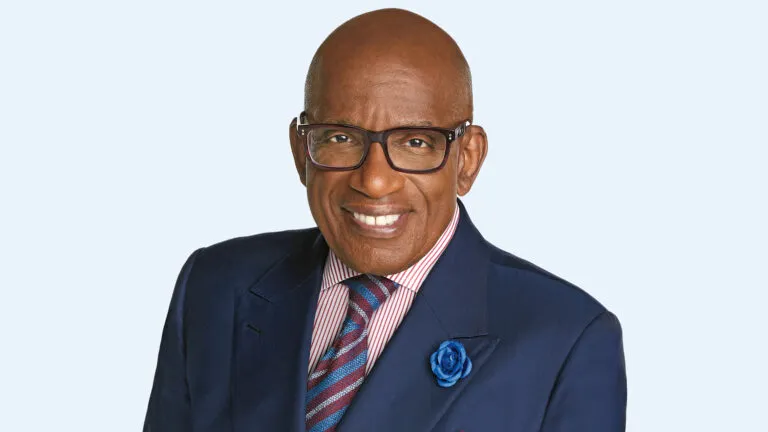Seven years ago, my husband, Steve, and I lost our oldest son to a heroin overdose. Justin was 29. He’d battled opioids for six years, starting with prescription pain pills and progressing to heroin. The odds of recovering from heroin addiction once a user begins injecting the drug, which Justin did, are frighteningly low. Justin did not beat the odds, although we thought he would.
Losing a child is an unimaginable experience. After Justin died, I questioned everything. Myself. How Steve and I had raised Justin. Whether we should have spent less time at work, paid more attention, recognized the warning signs. I questioned how a healthy, happy boy could become a drug addict in a safe and prosperous suburb.
My story is about my search for answers to those questions. A search fueled by the anger I felt after Justin died. Immediately after his death, I was enraged at what seemed like an entire system that failed our family. We had no warnings that deadly drugs were infiltrating our schools and communities. Treatment centers we tried didn’t work. Therapists weren’t well-trained to treat the disease of addiction.
I’d always assumed drugs were someone else’s problem—an inner-city problem, a problem for troubled kids in dysfunctional families. I was wrong. I felt blindsided.
The nonprofit organization Steve and I founded a month after Justin died, Drug Crisis in Our Backyard, exists to help other families avoid the mistakes we made. We educate kids and parents about addiction, advocate for treatment and work to dispel the stigma that prevents people from dealing with drugs in a constructive way.
With God’s help, my anger and my grief have been transformed. Justin fought hard against drugs, and now I’m a fighter too. I miss him terribly. But the work I do reminds me every day that he is by my side. Never in a million years could I have imagined that my firstborn son would die of a heroin overdose.
Steve and I were a successful couple raising a family in a middle-class suburb of New York City. We both worked high-powered sales jobs and earned a comfortable living. Our kids—Justin and his three brothers—went to good schools. Justin was a cooperative child. He never gave his teachers any trouble.
If anything, he was a little too quiet. He was shy and didn’t like competing in team sports. On the peewee soccer field, he pulled his shirt over his head and ran from the ball. He found a refuge playing guitar and in a few close friendships. In an attempt to be cool in high school, he started smoking cigarettes and experimenting with marijuana.
Thinking it was a phase, we tried not to make the problem worse by coming down too hard. But Justin’s drug use worsened, especially in college, when he struggled living on his own. He turned to harder drugs—using and selling—to ease his anxiety about himself.
Whatever complacency Steve and I had allowed ourselves blew apart when Justin was asked to move out of his dorm because of marijuana possession and arrested a week later, after police found psychedelic mushrooms in his car.
His girlfriend broke up with him and told Steve and me Justin was using “perks.” We didn’t even know what that was. She explained that our son was using Percocet, an addictive prescription painkiller. In 2008, he was arrested for illegal possession of OxyContin, another widely abused painkiller.
Steve and I enrolled Justin in a rehab program, attended Narcotics Anonymous meetings with him and monitored his every move. His spiral of addiction only deepened. In rehab, another patient told Justin about heroin, which is far cheaper on the street than pain pills.
The last four years of Justin’s life were an exhausting blur of treatment, relapse, overdoses and legal troubles. By the time Justin died, he was in a group home for people who needed help with daily living—one of his overdoses had left him with a brain injury.
I was at work when I learned Justin was dead. By then, I’d changed careers, teaching in an elementary school so I could spend more time at home. The school office called my fifth-grade classroom. “Susan, can you step into the hall? Your sister needs to talk to you.” Steve had called the school, and my sister, who also taught there, gave me the news in person.
Driving home, hands gripping the wheel, I wanted to scream, to weep, to close my eyes and never open them. And I wanted answers. I felt so angry. So powerless against forces I couldn’t comprehend. “Why, God, why?” I shouted.
When Justin wasn’t using, he was a kind, caring, sensitive, smart, funny young man. He hated being an addict. He was ashamed of what his life had become and yearned to be whole again.
Why did the drugs claim him? What did we do wrong?
I got my first inkling of an answer at the wake we held for Justin. So many people came! Residents from the group home. Friends from NA and AA. Others in the local recovery community. I had no idea so many people struggled with addiction in our town.
That showed me three things. One, drugs are immensely powerful and do not discriminate between rich and poor, young and old, good families and dysfunctional families.
Two, addiction is a brain disease. Why else would so many good people ruin their lives like this?
Three, addiction carries a stigma that prevents people from being open about the problem. Our town prided itself on being a better place to raise kids than less prosperous areas. Steve and I assumed ours was the only family struggling, and we tried to cover up for Justin.
Once Justin had been laid to rest, I was left with my grief and my anger. I couldn’t bring my son back. I couldn’t stop the flow of drugs into our community. What could I do?
The answer came as I was reading The Mahopac News, our local paper. What if I wrote a letter to the paper and told the entire town about what had happened to Justin? Maybe some other family going through the same thing could at least know they weren’t alone.
I sat down and wrote a long letter about Justin. His happy childhood. His descent into addiction. His death. I bared it all, including the things Steve and I wished we had done differently, especially the way we’d enabled Justin’s addiction by downplaying warning signs and supporting him financially.
The day the letter was published—16 days after Justin died—our phone rang. “Susan Salomone? My name is Carol Christiansen. I just read your article in the News.” The woman on the phone paused. “My husband, Lou, and I buried our son, Erik, earlier this morning.”
After crying together on the phone, Carol and I agreed to get our families together. We formed a bond right away. Like Steve and me, Lou and Carol didn’t want to drown in grief. They wanted to do something.
We decided to further the education effort my letter began. We scheduled a forum about drug addiction at the town library. We invited a few experts—a pharmacist, a police officer, a state trooper and a youth advocate—and advertised in the paper. We wondered if anyone would show up.
Two hundred people came, overflowing the meeting room. I stood before the crowd and told Justin’s story. “People are afraid to talk about drug addiction in our town,” I said. “Until we acknowledge the problem and work to stop it, the drugs are going to win. For Erik and Justin’s sake, let’s do something.”
We got a standing ovation. We organized more forums and formed Drug Crisis in Our Backyard. We spoke at schools, community groups, anywhere we could raise awareness and share what we had learned. In the following years, I served on a government task force, earned a substance abuse counseling certificate and posted a comprehensive list of resources on our website.
I persevered against opposition. Once, after scheduling a forum at a nearby town, I was contacted by a real estate agent. “We’re trying to sell houses here,” the agent said. “This isn’t the image we want to project for our community.”
Image? My son’s death was too real for me to worry about things like that.
I wish I could say doing this work has eased the pain of losing Justin. In some ways it has. But not entirely.
I still wonder what Justin, who would now be 35, would be doing if he were alive. I wonder whether I should have worked less when Justin was little, paid more attention to his shyness and responded more decisively to his early drug use. I know from research and from Al-Anon that such questions lead down a false path of taking responsibility for Justin’s addiction. In the end, the only person who could defeat Justin’s addiction was Justin.
Still, I miss him and my questions linger. I have to remind myself to see Justin’s death in a larger context. For so long, I raged at the forces that took my son from me. Now I experience God’s grace in the work Justin’s death has inspired me to do.
Every time I see hope in another beleaguered parent’s eyes. Every time heads nod when I give a talk about kids and drugs. Every time we score a small legislative victory—two years ago, New York’s governor signed a reform package incorporating recommendations from an opioid task force I served on—I feel Justin, and God, at my side.
Justin was so shy when he was alive. But I know he’d be grateful I am telling his story and fighting against the disease that claimed his life.
For more inspiring stories, subscribe to Guideposts magazine.





